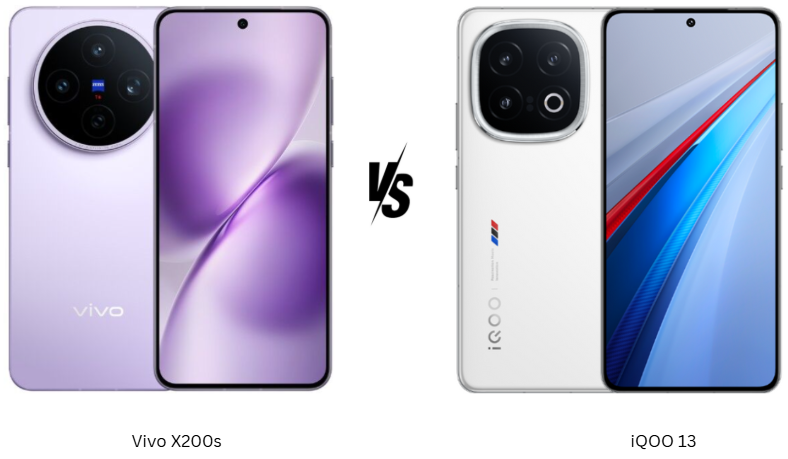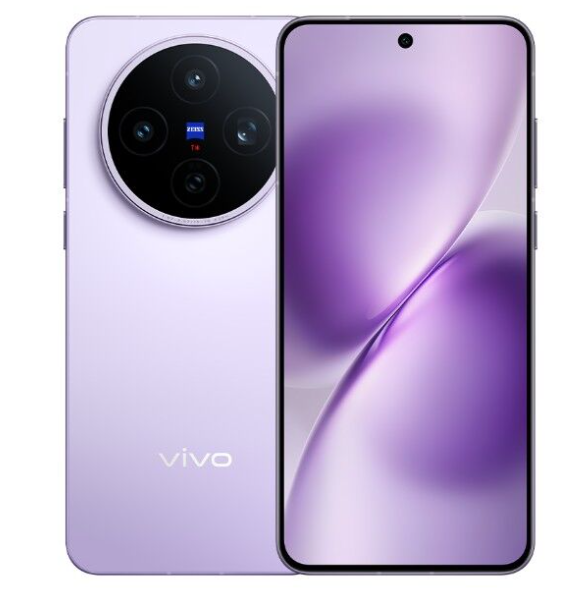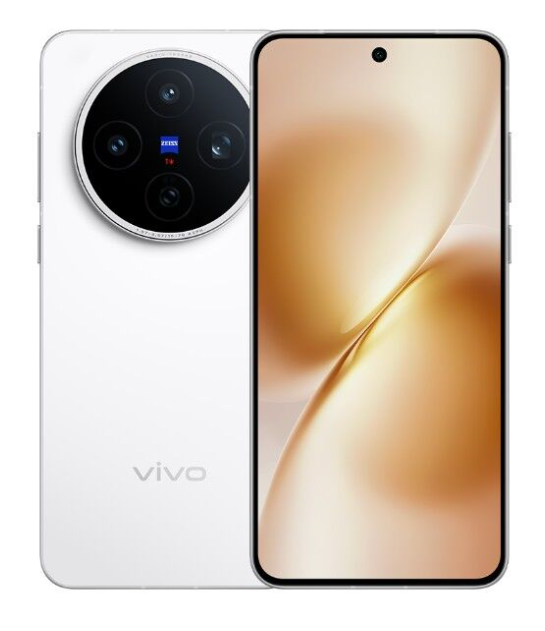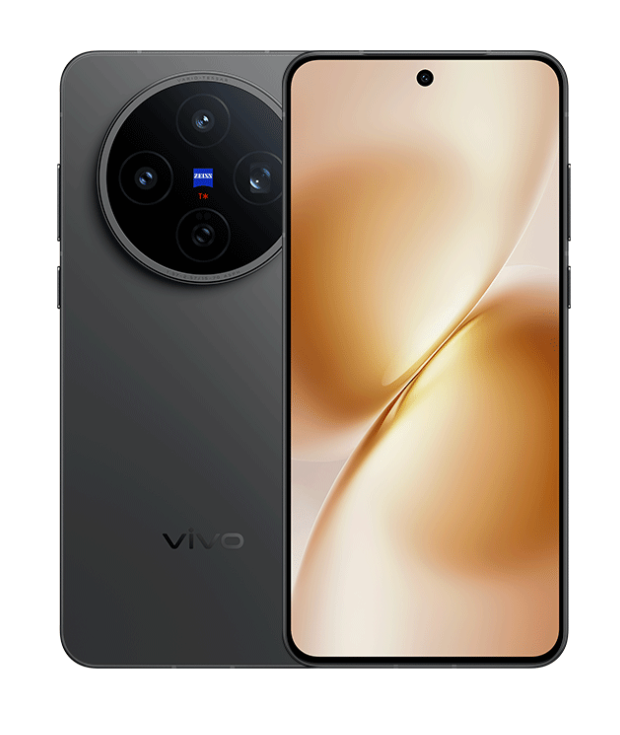
Vivo X200s and iQOO 13 represent two of the most advanced Android flagships in 2025, both offering top-tier hardware and cutting-edge features. While Vivo focuses on imaging and battery versatility, iQOO targets raw performance and display sharpness. This comparison matters because both phones come from the same parent brand but cater to different types of users, those who want an all-rounder versus those who want speed and value. Understanding their differences helps buyers choose the best fit for their needs.
1. Design and Display

Build and Feel:
Both phones adopt a premium construction with strong water and dust resistance ratings. The Vivo X200s stands out with IP68 and IP69 certifications, making it more robust against high-pressure water jets, a notable advantage for durability. iQOO 13 offers solid build quality as well but doesn’t explicitly list the IP69 protection level, which slightly lowers its ruggedness. Both phones feature a glass front and back with a metallic frame, and their in-hand feel is equally refined, though the slightly more compact dimensions of the Vivo X200s may appeal more to those who prefer manageable form factors.
Verdict: Vivo X200s is better for those prioritizing rugged durability due to its IP69 rating.
Display Quality:
iQOO 13 has a sharper and more advanced LTPO AMOLED panel with a 144Hz refresh rate and higher resolution (1440p vs 1260p). It also hits a peak brightness of 4500 nits, slightly below Vivo’s claimed 5000 nits, but offers stronger HDR10+ support and a superior 510 ppi density. However, the Vivo X200s supports HDR Vivid and Ultra HDR with AMOLED quality and deep color reproduction. The difference mainly comes down to resolution and refresh rate smoothness, both are vibrant but the iQOO’s QHD+ resolution and LTPO efficiency give it an edge.
Verdict: iQOO 13 wins in display quality with a sharper, smoother, and more power-efficient panel.
2. Specifications

Performance:
iQOO 13 is powered by the Snapdragon 8 Elite, Qualcomm’s top-tier flagship chipset with higher peak clock speeds (up to 4.32 GHz) and Adreno 830 GPU. This setup ensures better performance in gaming, AI, and multitasking. The Vivo X200s uses the Dimensity 9400+, which is also high-end and efficient, but benchmarks favor the Snapdragon chip in raw power and GPU-intensive tasks. Both phones support up to 1TB UFS 4.1 storage, so memory isn’t a bottleneck. Vivo’s strength lies in efficient thermal handling, but for pure speed, iQOO leads.
Verdict: iQOO 13 delivers faster and more consistent performance, especially for heavy users and gamers.
Battery and Charging:
Vivo X200s has a larger 6200 mAh battery and supports both 90W wired and 40W wireless charging with reverse wired charging too. iQOO 13 offers a 6150 mAh battery globally (6000 mAh in India), but compensates with blazing-fast 120W wired charging. It lacks wireless charging, which may be a downside for premium users. While iQOO charges significantly faster, the Vivo’s slightly larger capacity and wireless options make it more versatile for different charging scenarios.
Verdict: Vivo X200s has the better battery setup overall due to capacity and wireless flexibility.
3. Camera

Main and Secondary Lenses:
Both devices use a triple 50MP setup but differ in implementation. Vivo X200s features a periscope telephoto lens with 3x optical zoom, while iQOO 13 uses a shorter 2x telephoto. The Vivo also includes Zeiss optics, laser autofocus, and better telephoto sensor size. Additionally, Zeiss T* coating and 3D LUT support give the X200s a professional edge for photography. iQOO 13 counters with 8K video and color spectrum sensor for enhanced accuracy. Still, the Vivo setup is more versatile and suited for detailed zoom and pro-level still photography.
Verdict: Vivo X200s offers more camera versatility and quality, especially for zoom and detail accuracy.
Selfie Camera:
Both phones use a 32MP front camera capable of 4K video. Vivo offers a wider ultrawide lens (20mm) which is ideal for group selfies and vlogging. iQOO 13 has a narrower 28mm lens and smaller sensor size, which could affect dynamic range and low light performance slightly. In day-to-day use, both perform well, but Vivo’s wider field of view makes it more practical in more varied scenarios.
Verdict: Vivo X200s provides a better selfie experience thanks to its wide-angle front camera.
4. Pricing

The iQOO 13 is priced at around $600, while the Vivo X200s starts at approximately $650. For the lower price, iQOO offers a sharper display, faster charging, and stronger performance, which makes it very competitive. However, Vivo justifies the extra $50 with wireless charging, better camera versatility, and higher water resistance. The price difference is small enough that it should come down to user preferences—performance vs all-round functionality.
Verdict: iQOO 13 offers better value at $600, especially for performance-focused users.
5. Conclusion

Vivo X200s stands out with IP69 protection, Zeiss camera tuning, periscope zoom, wireless charging, and ultra-wide selfie support. These features cater to users seeking balanced multimedia and professional imaging. Meanwhile, iQOO 13 impresses with Snapdragon 8 Elite, 144Hz QHD+ LTPO display, 120W wired charging, and 8K video, making it ideal for gamers and content creators who need performance-first devices.
Verdict: Choose Vivo X200s for camera versatility, premium features, and battery flexibility. Pick iQOO 13 for superior performance, display sharpness, and better pricing. Both phones are excellent but cater to different usage priorities.
Read More:
- Vivo X200s vs Honor Magic 7: Which Flagship Offers Better Value?
- Oppo Find X8s+ vs Xiaomi 15: The Winner Is Obvious
- Vivo X200s vs OnePlus 13: Which One Packs More Power?







